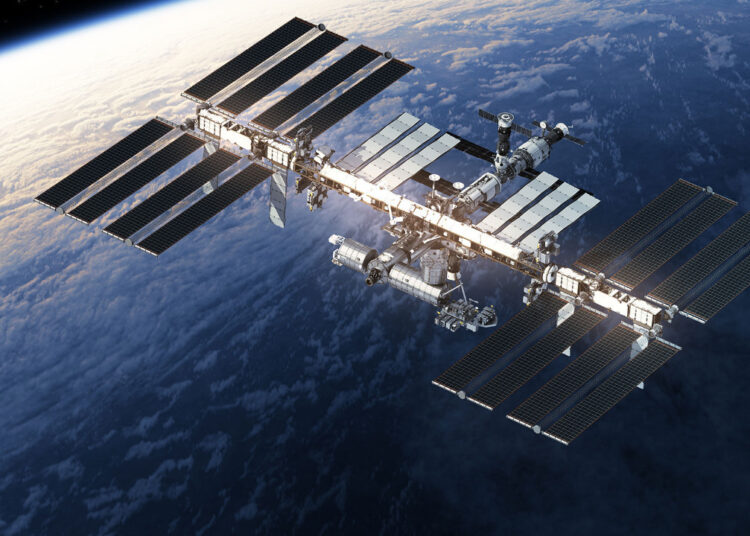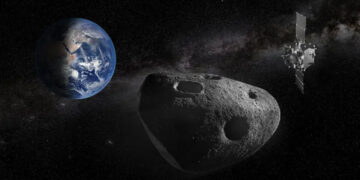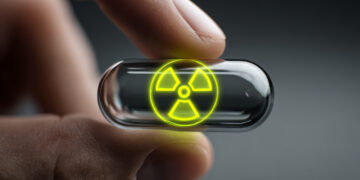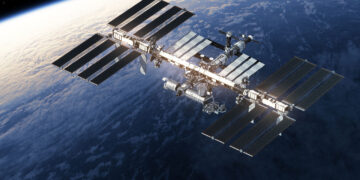For over twenty years, the International Space Station (ISS), serving as a human habitat in Earth’s orbit, is not only a testing ground for experiments; it is also a living symbol of global cooperation and engineering heroism. Its large scale, measured by the global budget, and continuous missions are notable features, as well as its long journey maintained without the loss of a single astronaut. All these achievements demonstrate the station’s safety culture and the ability to act calmly during critical moments. The challenges emphasizing how delicate the balance of survival in space is have appeared countless times over the years. Incidents on the station were serious tests for security, revealing how closely space missions operate near safety boundaries. So, what are the most critical of these crises?
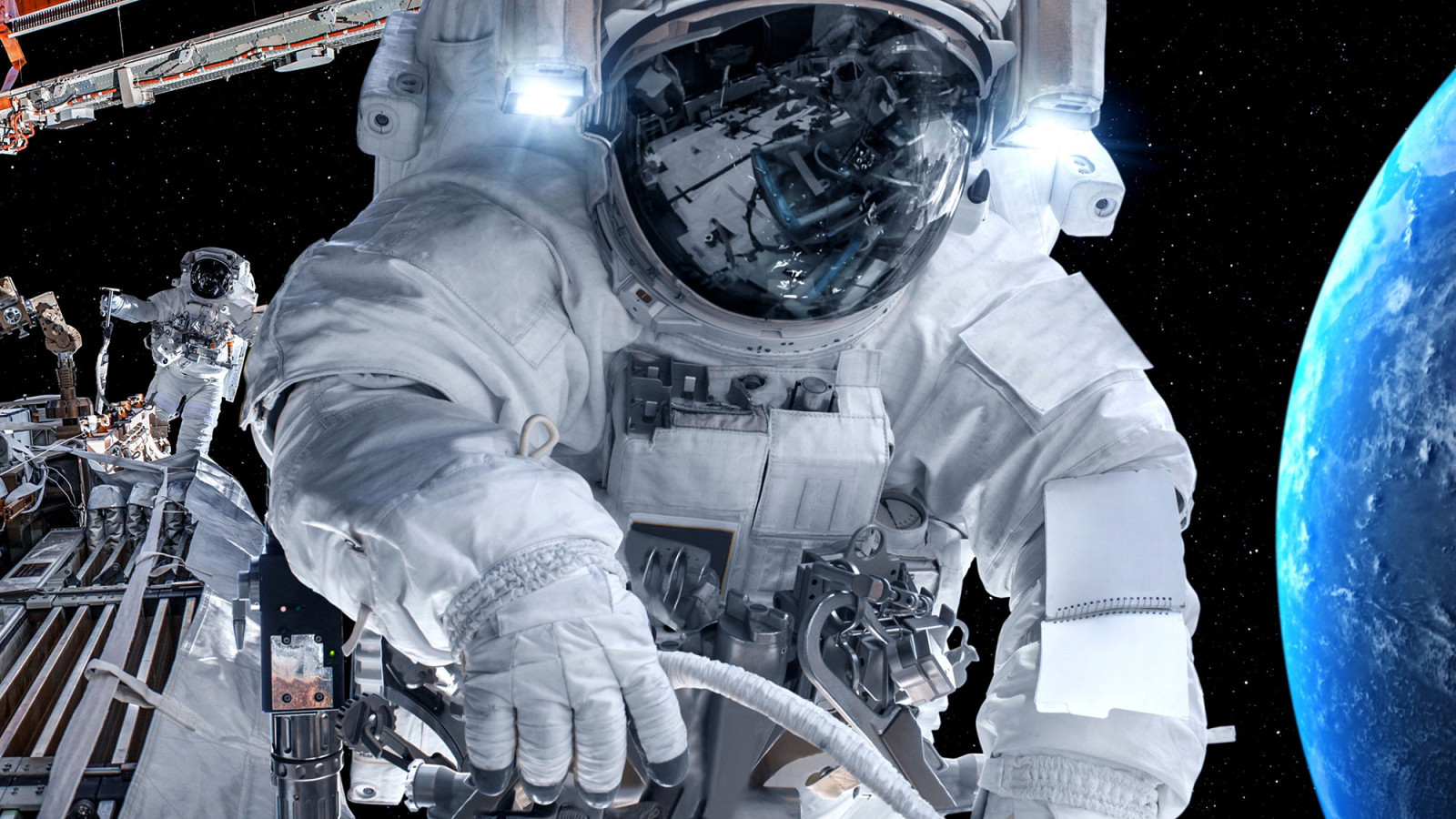
Contents
- Drowning danger inside the helmet: The Luca Parmitano incident
- Uncontrolled rotation of the Russian module: Panic moments on the station
- Leak in the rescue capsule and launch cancellation
- Silent threat: A small hole and pressure loss
Drowning danger inside the helmet: The Luca Parmitano incident One of the most worrying moments in the station’s history occurred on July 16, 2013, during an EVA by Italian cosmonaut Luca Parmitano. The mission was routine; however, water started to fill the helmet. Initially felt as a wetness on the back of the neck, it quickly ran over the face and into the eyes, cutting off communication. Under extreme cold vacuum conditions, the leak between the life support system and the water grew, nearly blocking vision completely. Parmitano managed to securely close the airlock he needed and, guided by his team inside, returned to the station. This event was described by NASA as one of the most critical accidents in station history, marked as a closed-loop failure caused by a leak in the cooling system.
Uncontrolled rotation of the Russian module: Panic moments on the station In 2021, a near-disaster occurred after the docking of the Nauka module, seriously threatening the station. When the thrusters of the module suddenly activated due to a software error, the station rotated approximately one and a half turns, losing its orientation with a 540-degree spin. Proper alignment of solar panels for energy generation and communication is critical, so this situation jeopardized the structural integrity. Ground control teams used other thrusters to try to regain balance. Although the station returned to normal after fuel depletion, this incident clearly demonstrated how a simple malfunction could lead to a major disaster.
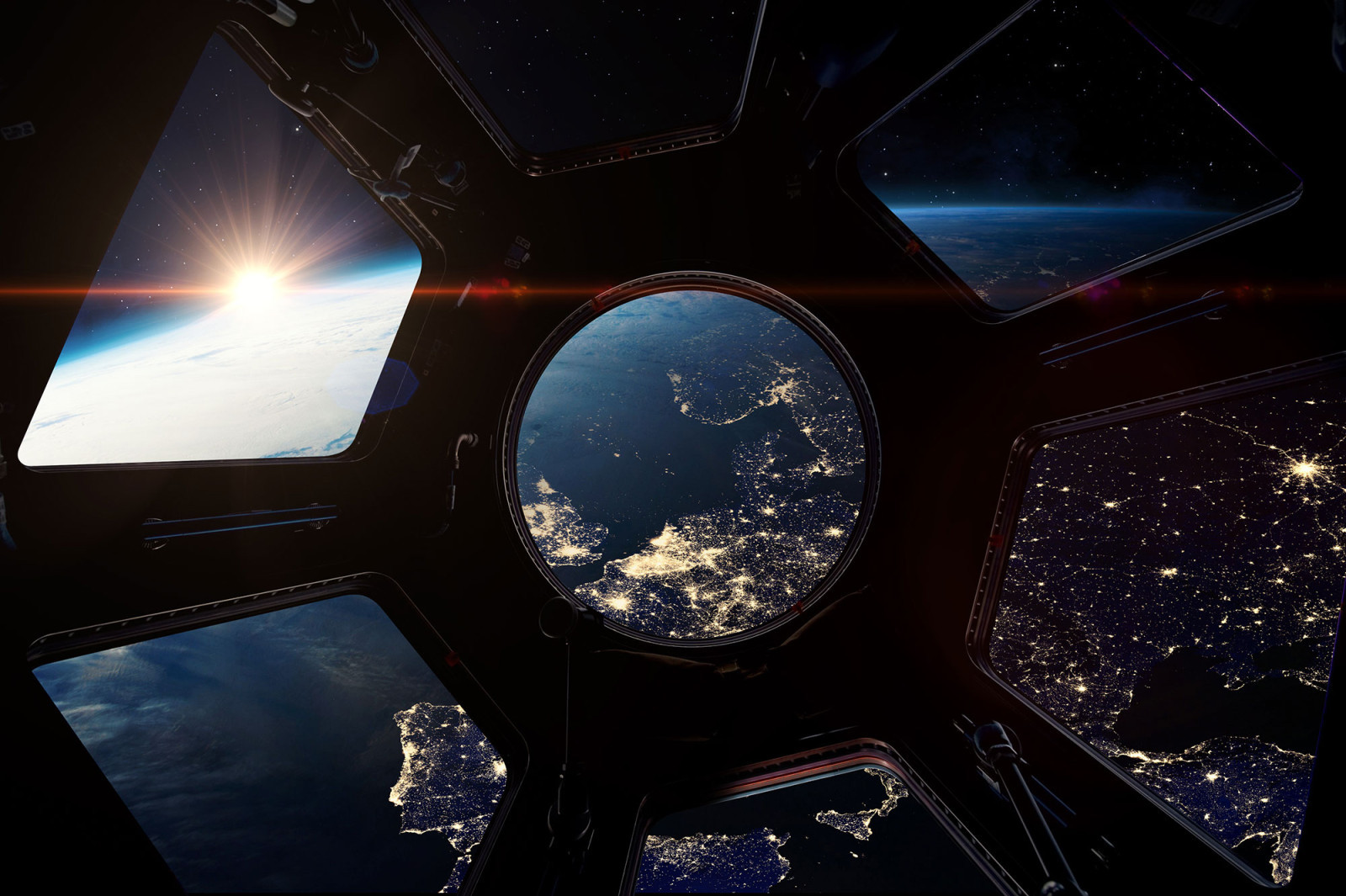
Leak in the rescue capsule and launch cancellation On December 14, 2022, the Soyuz MS-22 spacecraft was punctured by a micrometeoroid strike, creating an 0.8-millimeter hole that disabled the cooling system inside. This breach led to an increase in internal temperature and also jeopardized the return plans of American and Russian crews working in Earth’s orbit. Following the incident, a new Soyuz MS-23 capsule was launched unmanned to intervene and resolve the issue, ensuring the problem was safely fixed.
Silent threat: A small hole and pressure loss In August 2018, a quieter danger threatening the station’s life support system emerged. The docked Soyuz MS-09 module had a tiny 2-millimeter hole in the orbital module. This small hole could gradually allow air to escape into space, potentially causing a critical pressure loss in the station. Initially, the hole was sealed with Kapton tape; then, reinforced epoxy and a gas cloth were used to stop the leak. It remains unclear whether the hole resulted from a manufacturing defect, a collision, or another cause.
All these incidents have shown that the ISS is not just a scientific laboratory but also a battleground where human intelligence, cool-headedness, and engineering expertise are continuously tested. The fact that no lives have been lost so far is a testament to how exceptionally these processes are managed; however, every crisis continues to remind us that space safety operates on a very delicate boundary.


